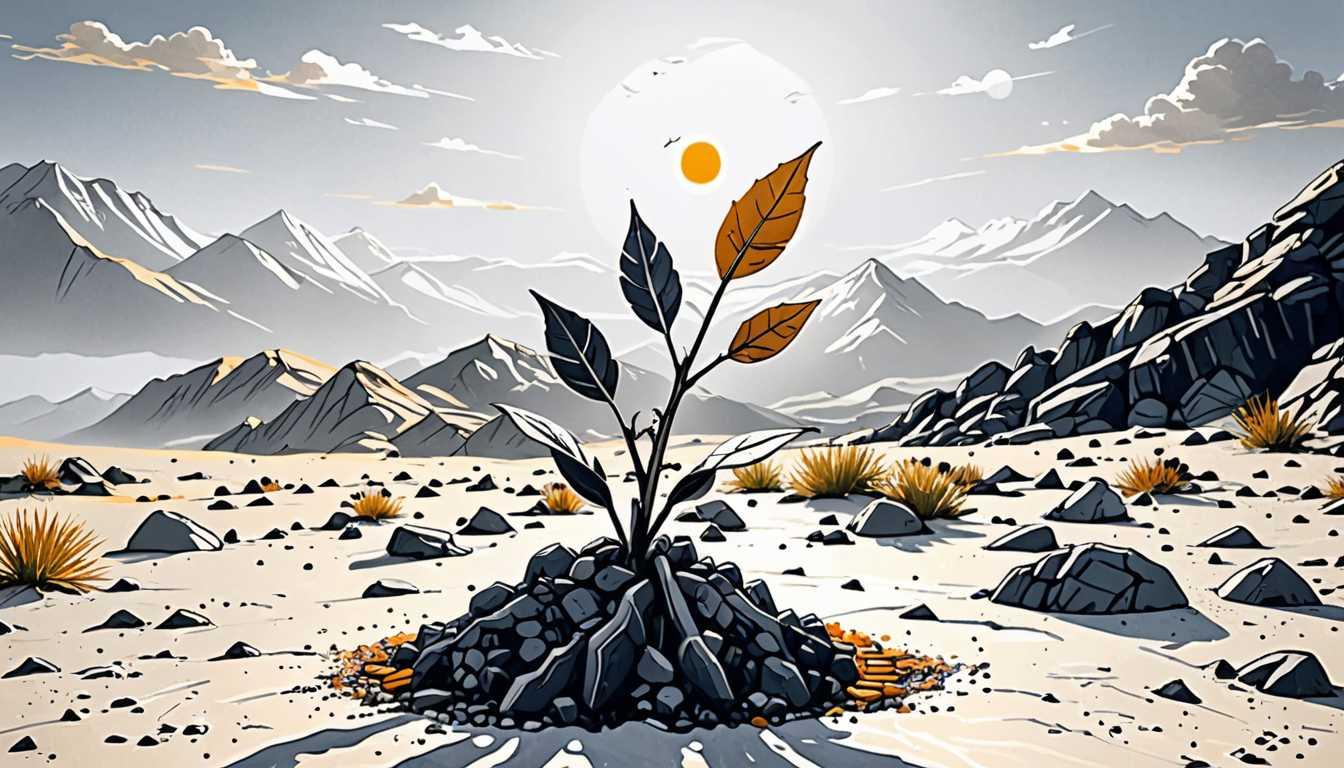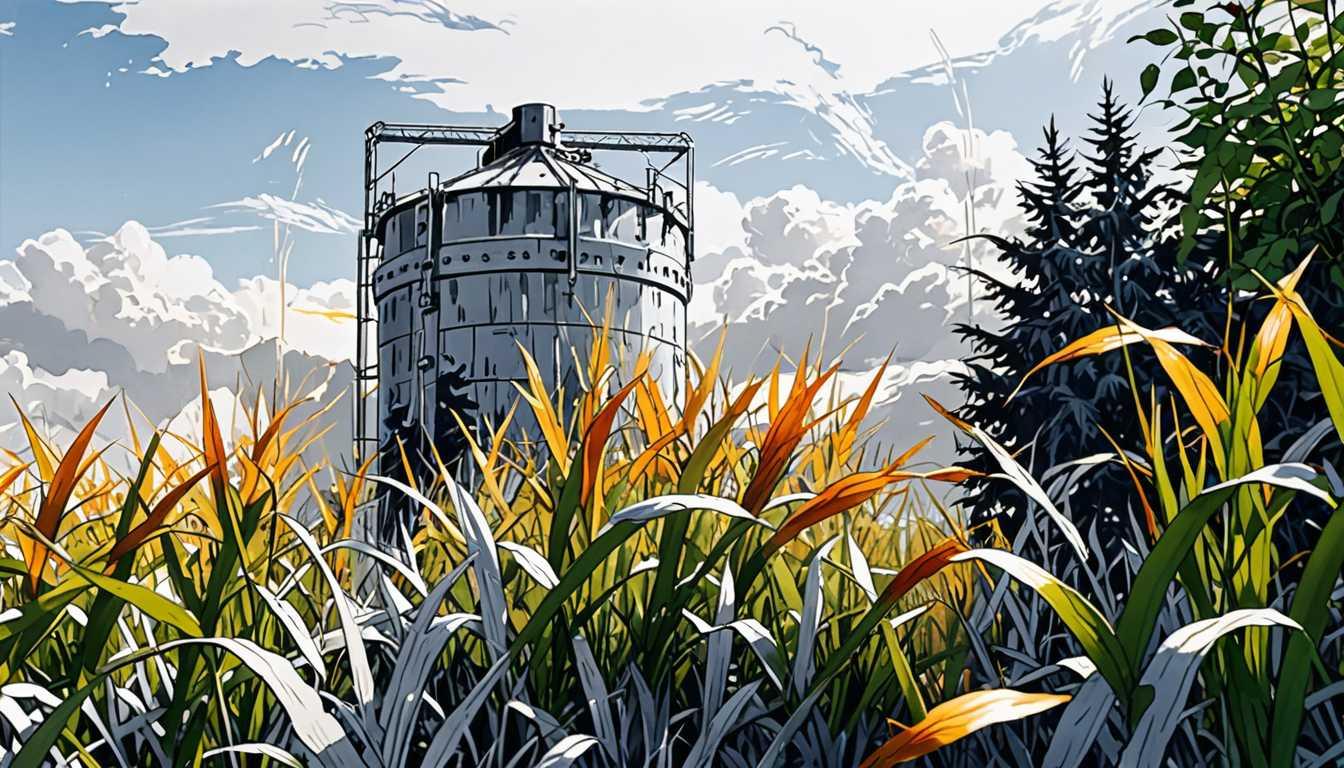Plants: The Unsung Heroes of Carbon Capture
October 2024
Cornell News Highlights
Introduction
Hey there, future climate warriors! 🌍 Did you know that plants might be pulling in more carbon than we thought? A recent study from Cornell University reveals a new way of measuring photosynthesis using a trace gas called carbonyl sulfide, which could change our understanding of the carbon cycle! This breakthrough suggests that satellites have been underestimating how much carbon plants absorb, especially in the tropics. Dive into the article from Cornell News Highlights to explore how this could reshape climate predictions!
READ FULL ARTICLEWhy It Matters
Discover how this topic shapes your world and future
Uncovering the Secrets of Photosynthesis
Understanding photosynthesis is crucial not just for science classes, but for the well-being of our planet. Photosynthesis is the process by which plants take in carbon dioxide from the atmosphere and convert it into oxygen and glucose, which they use for energy. This process is vital for life on Earth, as it helps regulate the climate and maintain the balance of gases in our atmosphere. Recently, researchers discovered that current satellite methods may underestimate how much carbon plants absorb through photosynthesis, particularly in tropical regions. This finding is significant because it could change how we predict climate change and improve strategies for reducing carbon dioxide in the atmosphere. By learning more about this topic, you can see how it connects to global issues like climate change, biodiversity, and environmental conservation. Plus, it makes you appreciate the role of plants in our ecosystem even more!
Speak like a Scholar
Photosynthesis
The process by which green plants, algae, and some bacteria convert light energy, usually from the sun, into chemical energy in the form of glucose.
Carbon Dioxide (CO2)
A colorless gas that plants absorb during photosynthesis, it is a major greenhouse gas contributing to climate change.
Gross Primary Production (GPP)
The total amount of carbon that plants take in during photosynthesis to grow over a certain period of time.
Carbonyl Sulfide
A trace gas that plants absorb alongside carbon dioxide, which can help scientists measure photosynthesis rates more effectively.
Mesophyll Diffusion
The process by which gases like carbon dioxide and carbonyl sulfide move deeper into a plant's leaves to reach the chloroplasts, where photosynthesis occurs.
Ecosystem
A community of living organisms interacting with each other and their physical environment, such as plants, animals, water, and air.
Independent Research Ideas
Explore the impact of tropical deforestation on global carbon uptake
Investigate how cutting down forests affects the amount of carbon dioxide removed from the atmosphere and what that means for climate change.
Examine the role of urban greenery in photosynthesis
Look into how parks and green spaces in cities contribute to carbon dioxide absorption and improve air quality.
Investigate the relationship between climate change and plant respiration rates
Research how rising temperatures might alter the way plants release carbon dioxide back into the atmosphere.
Study the effects of different plant species on carbonyl sulfide absorption
Analyze how various types of plants use this gas in photosynthesis and what that means for ecosystem health.
Delve into the potential of artificial intelligence in improving climate models
Explore how AI could enhance our understanding of photosynthesis rates and carbon uptake in different environments.
Related Articles

Unlocking the Secrets of Tulip Tree Wood
August 2024
University of Cambridge

Farming on Mars: A Cosmic Challenge
October 2024
MIT Technology Review

Land: The Key to Climate Success
November 2024
MIT News

Tiny Enzymes, Huge Impact on Plastic Waste
June 2024
Cornell News Highlights

Bacteria: The Surprising Climate Change Players
June 2024
Caltech - Research News